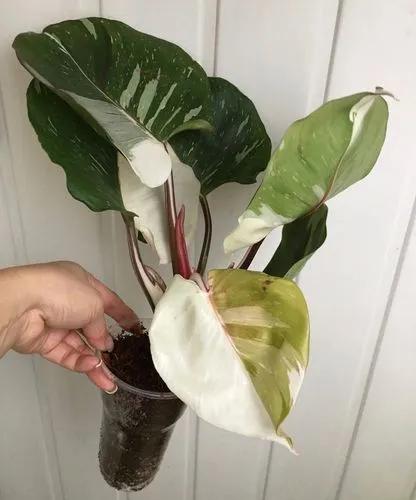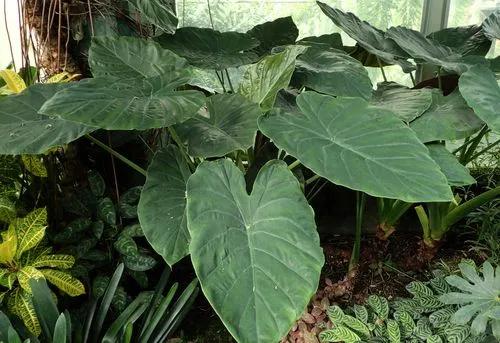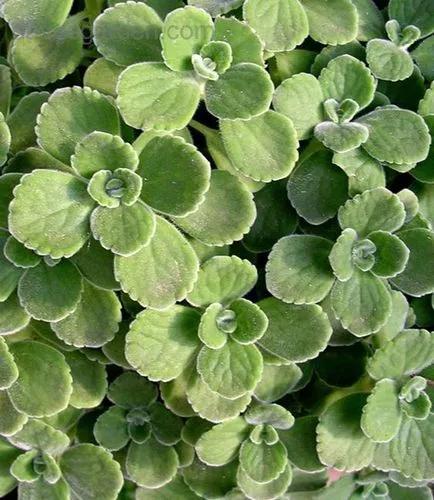The name "rex begonia" is applied to a group of cultivated begonia hybrids that have the wild Begonia rex species as one of the genetic parents. These tropical plants have been bred to have unusual markings, leaf shapes, and colors.
Exotic Angel Begonia/begonia Rec Care
Rex Begonia



How to Care for the Plant

Water

The main rule of thumb for watering begonias is to not let the soil dry out completely. Stick your finger into the soil, and if it dry to your first knuckle, it's time to water. Avoid overwatering, which will cause the foliage to turn yellow and eventually drop.

Pruning

Use clean, sharp shears or a knife to cut the stems back to a leaf node. Begonias can be cut back to within 3 inches of the soil to revitalize them, if necessary, but pinching and pruning is not the end of the story. Sterilize pruning tools with household disinfectant spray before and after use.

Fertilizer

For healthy plants and abundant blooms, apply 10-10-10 liquid fertilizer (view example on Amazon) diluted at a ratio of three parts water to one part fertilizer when you first plant (or transplant) your begonias and approximately every 3 weeks thereafter.

Sunlight

Most begonias grow best in part shade (4 to 6 hours of direct morning sun a day), or filtered sun (as through trees). Most will tolerate full shade (no direct or filtered sun), but won't be as dense and usually have fewer flowers. A few grow in full sun. They prefer moist, but not soggy, soils.

Soil

Begonias grow best in light, fertile, well-drained soil. Begonias are very susceptible to root and stem rot when exposed to cold, wet soils, so proper drainage is essential.

Temperature

They prefer daily temperatures around 75 degrees Fahrenheit and overnight lows in the mid-60s, but they can often tolerate higher temperatures with protection from harsh sun rays. Begonias can be transplanted to the flower garden in late spring as soon as the danger of frost has passed.

Container

Plastic pots are the most commonly used pots. They are lightweight, relatively inexpensive, long lasting and work well for nearly all begonias. Watering and sizing correctly are the main problems with plastic pots. Unlike the other three pot types which are porous, plastic pots are not and hold water much longer.

Additional

All of the over 1000 species of begonia are toxic to pets.

Popularity

261 people already have this plant 108 people have added this plant to their wishlists
Discover more plants with the list below
Popular articles






